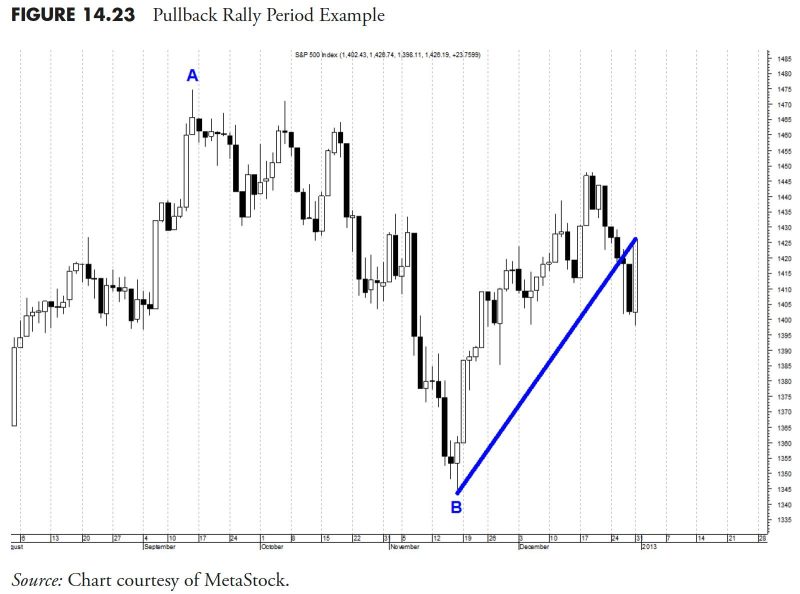
Mastering Money Management: Unveiling the Secrets to Selecting Secure Investments
In the world of finance and investment, security selection plays a crucial role in the success of a portfolio. Investors aim to choose securities that will provide a good return on investment while managing risk effectively. Effective security selection involves following specific rules and guidelines to make informed decisions. In this article, we will explore the key rules and guidelines for security selection to help investors make prudent investment choices.
1. Fundamental Analysis: Fundamental analysis is a key aspect of security selection that involves evaluating a company’s financial health, management team, growth prospects, competitive position, and industry trends. By analyzing these factors, investors can gain insights into the intrinsic value of a security and make sound investment decisions. Fundamental analysis helps investors identify undervalued or overvalued securities, which can guide their investment choices.
2. Technical Analysis: Technical analysis is another important tool for security selection that involves studying historical price charts and using various indicators to forecast future price movements. Technical analysts analyze market trends, trading volumes, and patterns to identify potential buy or sell signals. By using technical analysis, investors can better time their entry and exit points in the market, improving their chances of generating positive returns.
3. Diversification: Diversification is a fundamental principle of investing that involves spreading investments across different asset classes, sectors, industries, and geographies. By diversifying their portfolios, investors can reduce risk and minimize the impact of market fluctuations on their overall investment performance. Diversification also helps investors capture opportunities in different market conditions and achieve a more balanced risk-return profile.
4. Risk Management: Risk management is an essential component of security selection that involves assessing and mitigating potential risks associated with an investment. Investors should consider factors such as market risk, credit risk, liquidity risk, and geopolitical risk when selecting securities. By implementing risk management strategies such as setting stop-loss orders, diversifying investments, and monitoring portfolio performance, investors can protect their capital and preserve wealth over the long term.
5. Valuation Metrics: Valuation metrics play a critical role in security selection by helping investors determine whether a security is trading at a fair price relative to its underlying fundamentals. Common valuation metrics include price-to-earnings ratio, price-to-book ratio, dividend yield, and free cash flow yield. By comparing these metrics to historical averages, industry peers, and market benchmarks, investors can assess the attractiveness of a security and make well-informed investment decisions.
6. Long-Term Perspective: Successful security selection requires a long-term perspective and a disciplined approach to investing. Investors should focus on the long-term growth prospects of a company rather than short-term market fluctuations. By conducting thorough research, staying informed about market trends, and maintaining a patient investment strategy, investors can build a robust portfolio that generates sustainable returns over time.
In conclusion, security selection is a critical aspect of successful investing that requires careful consideration of various factors such as fundamental analysis, technical analysis, diversification, risk management, valuation metrics, and a long-term perspective. By following the key rules and guidelines outlined in this article, investors can make informed decisions when selecting securities for their portfolios, ultimately achieving their financial goals and building wealth over the long term.
